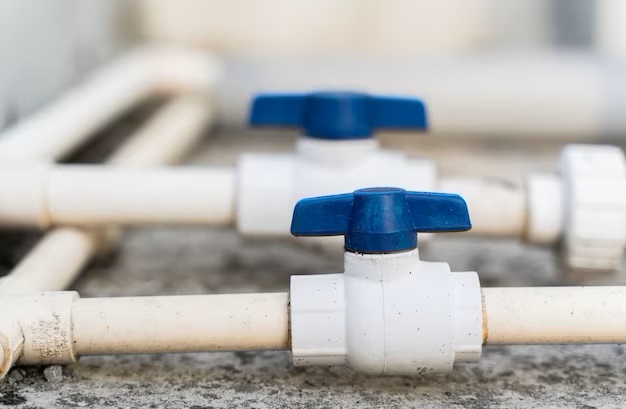The plumbing system in your home is a complex network of pipes, fixtures, and appliances that plays a crucial role in providing clean water and removing wastewater. While most homeowners take their plumbing for granted, understanding how it works can help you identify and address issues more effectively. In this comprehensive guide, we will explore the various components of your home’s plumbing system and provide you with valuable insights to maintain it efficiently.
Water Supply Line
The water supply line is the starting point of your home’s plumbing system. It connects your house to the municipal water supply or a private well. A water meter is often installed along this line to measure water usage for billing purposes.
Main Shut-off Valve
Located where the water supply enters your home, the main shut-off valve lets you turn off the water supply to your entire house. It’s essential to know its location in case of emergencies or repairs.
Water Heater
The water heater is responsible for heating and storing hot water for various household needs. It can be a tank-type or tankless water heater, each with advantages. Regular maintenance, such as flushing to remove sediment, is crucial for optimal performance.
Supply Pipes
Supply pipes distribute cold and hot water throughout your home. They are typically made of copper, PEX, or PVC materials. Proper insulation of supply pipes in unheated areas helps prevent freezing during winter.
Fixtures and Appliances
These include faucets, sinks, toilets, showers, bathtubs, dishwashers, washing machines, and more. Each fixture or appliance has pipes and connections, allowing them to receive and dispose of water.
Drain and Waste System
Drain pipes connected to the sewer or septic system carry wastewater from your fixtures and appliances. Proper slope and venting are essential for efficient drainage and preventing sewer gas backups.
Vent Pipes
Vent pipes are an integral part of the plumbing system, ensuring proper drainage by allowing air to enter the drain pipes. They also prevent traps from siphoning water out of fixtures.
Traps
Traps are the curved sections of pipes found under sinks, showers, and toilets. They hold a small amount of water to block sewer gases from entering your home while allowing wastewater to flow.
Sewer Line
The sewer line carries wastewater from your home to the municipal sewer system or septic tank. Blockages or damage to the sewer line can lead to backups and plumbing issues.
Septic System
Homes not connected to a municipal sewer system may have septic tanks. These systems treat and dispose of wastewater on-site. Regular maintenance and pump-outs are essential for septic system health.
A Comprehensive Guide to Maintenance and Troubleshooting
Understanding your home’s plumbing system is essential for proper maintenance and troubleshooting. While this comprehensive guide provides an overview of the main components, it’s important to remember that plumbing systems can vary from one home to another. Regular inspections, prompt repairs, and routine maintenance are key to ensuring your plumbing system operates efficiently, provides clean water, and safely disposes of wastewater. By becoming familiar with the components and principles of your plumbing system, you can better appreciate its role in your daily life and address issues as they arise, ultimately saving you time and money.


